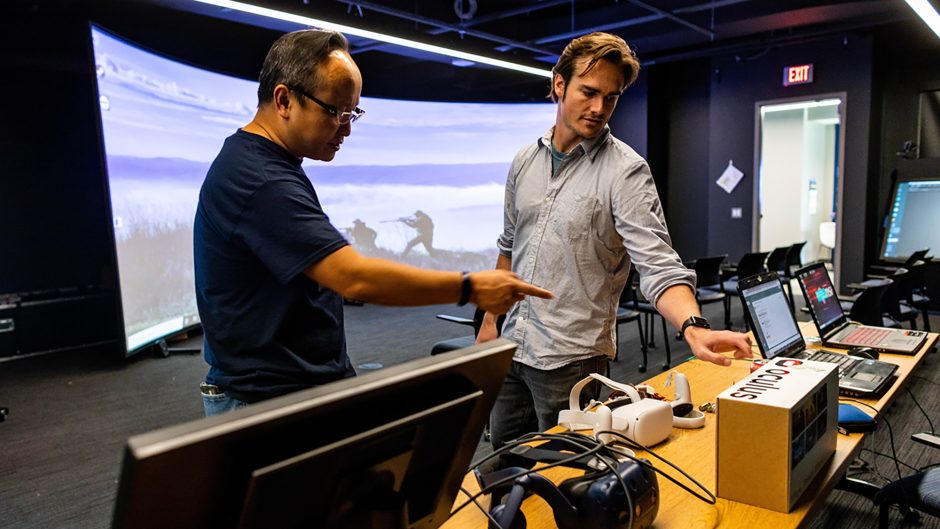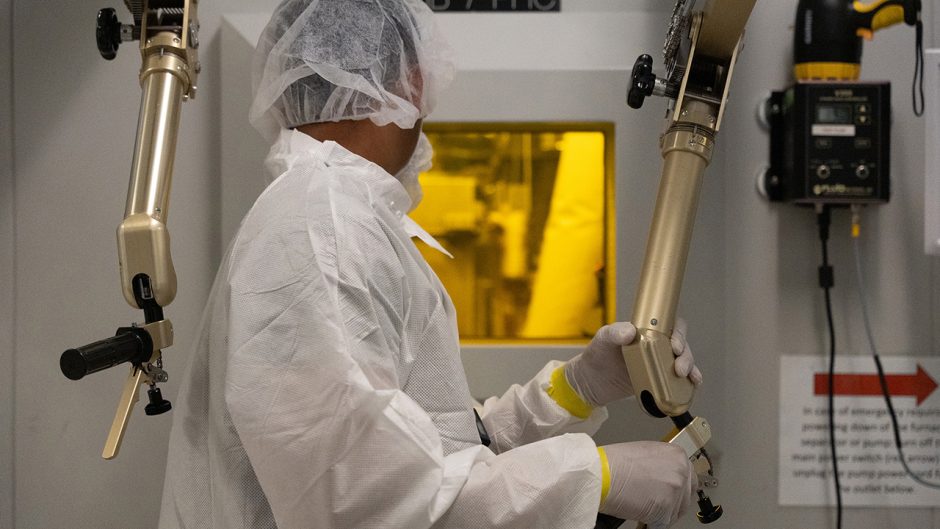Oct. 22, 2020
Contact: Becky Fowler, interim University of Missouri System chief information security officer, ThurmondR@missouri.edu
Last year, the United States business sector had a 17% increase in data breaches, according to a report by the nonprofit Identity Theft Resource Center. Cybercriminals often rely on human error — employees failing to install software patches or clicking malicious links — to gain access to systems. From top leadership to the newest employee, cybersecurity requires the vigilance of everyone to keep data safe and secure.
Tips to follow:
- Treat university information as sensitive information and protect it. Business information typically includes a mix of personal and proprietary data. While you might think of trade secrets and intellectual property, it also includes employee personally identifiable information (PII) through tax forms and payroll accounts. Do not share PII with unknown parties or over unsecured networks.
- Don’t make passwords easy to guess. Avoid using easy passwords such as 123456 or the word password in any form. That includes p@ssw0rd. Versions of your name, kids’ names and pets are also very easy to hack. Instead, consider making your password long — at least eight characters. The longer and more complex your password is, with the use of uppercase, lowercase, numbers and symbols, the longer it would take for a cybercriminal to access your information. Never use your university password on other non-university systems or applications.
- Keep your software updated to the latest version available. Often, software updates include protection against vulnerabilities. Turn on automatic updates so you don’t have to think about it, and set your security software to run regular scans. When the IT department pushes out an update, install it right away.
- Be vigilant about determining whether emails are phishing attempts. Data breaches do not typically happen when a cybercriminal has hacked into an organization’s infrastructure. A majority of data breaches can be traced back to a single security vulnerability, phishing attempt, or instance of accidental exposure. Be wary of unusual sources, don’t click on unknown links, and delete suspicious messages immediately. For more information about email and phishing scams see our website.




